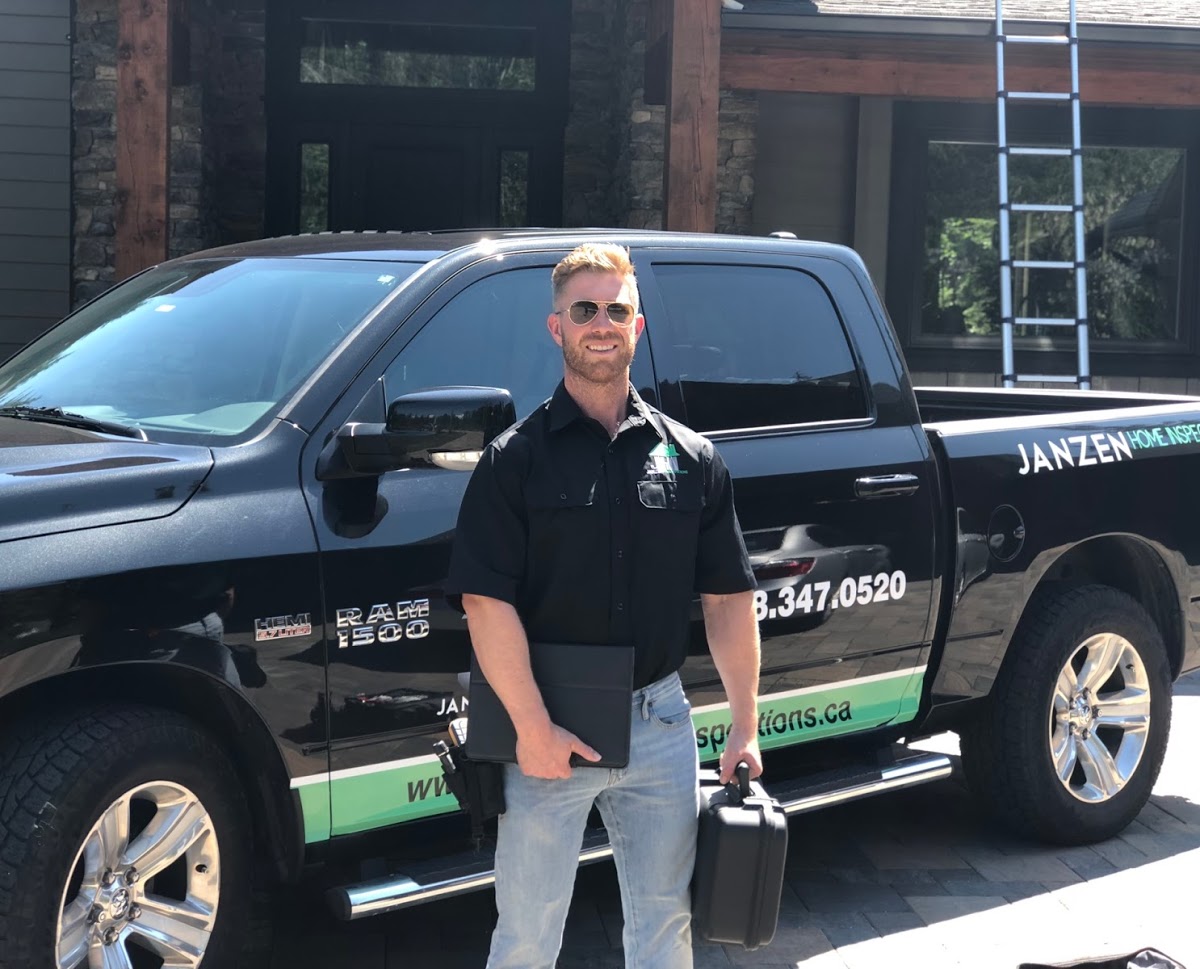

Kevin Gill
Downsizing Step-by-Step
- May 3, 2020
- , 2:49 am
- , Seller
Downsizing Step-by-Step
For empty nesters, downsizing from that 3,500 sq. ft. two-story home in the suburbs is often an appealing idea. A large home usually means large heating and cooling bills, a large yard to mow and weed, lots of bathrooms to clean and sizeable property taxes. Often the proceeds from the sale of your family home will enable you to buy a smaller home with money left over, but even if you don’t end up with a sizeable profit, you should save a lot in reduced energy and maintenance costs.
The hardest thing about downsizing is usually getting rid of all the “stuff” you have accumulated over the years. You know it won’t fit in a smaller place and you may want to buy new furniture anyway to suit the style of your new home. Begin as early as possible, at least six months before you plan to put the house on the market. One or two years ahead is even better!
Here is a step-by-step list to help you downsize your belongings:
- Consider the likely size and style of your new, smaller home. If necessary, measure your furniture and determine what will fit. Also determine what will fit in style-wise.
- Develop a list of resources. This list might include charities, tag sale companies, auctioneers, consignment stores, trash haulers, movers, storage facilities, even professional organizers. Contact them and choose the ones you want to use. Be sure to get references and read the contracts carefully.
- Compare the cost of moving or shipping your furniture, appliances, mattresses, etc. with the cost of replacing them at your new location.
- Make two lists: one list of the pieces you want to keep and one list of those you plan to get rid of.
- Contact family members and/or friends to see if they want any of the items you do not want to take with you and, if so, how and when they want to come and pick the items up.
- Decide how you want to dispose of the remaining items, i.e. store, sell, donate, or throw away.
- Develop a step-by-step plan. This could be room by room or type of item (e.g. furniture, clothing, memorabilia, etc.).
- Follow your plan systematically. Include your spouse or partner, if possible, so one of you can keep the other on track. (It’s easy to get distracted with old photos and memorabilia.)
- Have the items hauled away, sold, donated, etc. Downsizing veterans all say the same thing: “when in doubt, toss it out!” The less you have to move, the easier your move will be!







